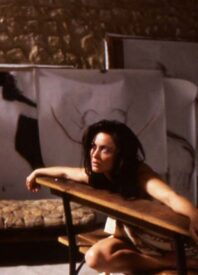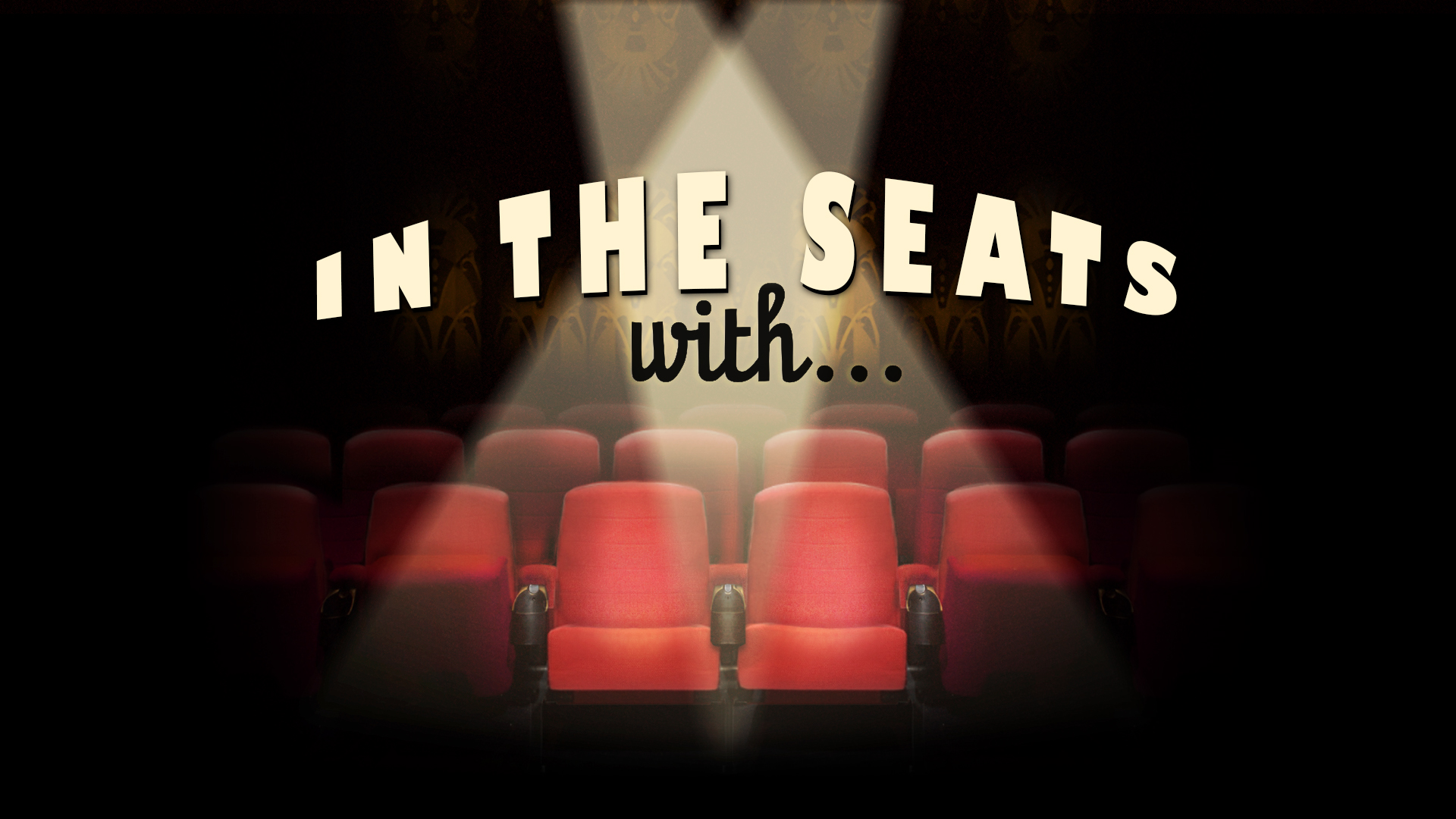
Marianne (Emanuelle Beart, the leading lady in the first Mission Impossible film) and her boyfriend Nicolas (David Bursztein) have a volatile relationship that many young couples have. They’re a beautiful couple who like somewhere in rural France during the 90s, and their relationship is about to get rocky. This is because Nicolas signed her up to be the new nude model for an older ‘great’ artist, Edouard Frenhofer (Michel Piccoli). She reluctantly does it, and Jacques Rivette’s La Belle Noiseuse depicts the relationship that she and Edouard develop. The power dynamics here are complex because there’s the possibility of them having an affair. As a former model for artists, yes, this does happen. But the biggest clash between her and him is battling for her place as his muse, replacing his wife Liz (Jane Birkin).
Marianne is a symbol of realism while Liz represents naturalism. Although La Belle Noiseuse may have interests that lie outside of Edouard having to choose between them. That choice sees them as both persons and symbols. A few scenes in the filmshow both its main characters spending time with their romantic partners. Sometimes, they complain to their partners about each other. But most of the film shows their grueling sessions. The film also tries to convince us that the two characters are equals. That gestures like Liz giving her access to their home at all times is some kind of leverage. She coincidentally shares the same name as the symbol of the French revolution and the freedoms that supposedly came after.
La Belle Noiseuse, then, has Marianne contending with her status as a symbol, expressing her desire for acquiring that freedom. And yes, she features a lot in here, Beart exposing herself emotionally and physically in a career making performance. But my reason why I thought the film was trying to show both her and Edouard as equals is because of how La Belle Noiseuse‘s camerawork examines him. This is a film about art so there’s a lot of scenes that scream process and work. The camera always moves to keep the frame dynamic. Within that frame, Edouard is a mysterious figure, but the best I can come up is that he thinks of art, and thus Marianne, as malleable objects that can bend to his will. Even while using contemporary techniques, has the same thinking that artists have centuries before he started painting.
Bending someone else, unbeknownst to Edouard, causes transformations he may be reluctant to face. La Belle Noiseuse has an almost four hour running time. During that time, it keeps its viewers waiting as to how his and Marianne’s relationship progresses. Their conversations feel like branches in the road. But their work ethic pulls them back into the reasons why they started working in the first place. The first three hours feel like a good slow roast and its last hour has its delightful surprises. One of those surprises is the sound deisgn and soundtrack. The use of Stravinksy hints of disruption while the sounds of charcoal hitting the canvas shows that that disurption happens one brushstroke at a time, even under an artist reluctant to change.
Watch La Belle Noiseuse on MUBI.
- Rated: 18
- Genre: Drama, World Cinema
- Directed by: Jacques Rivette
- Starring: David Bursztein, Emmanuelle Béart, Jane Birkin, Michel Piccoli
- Produced by: Martine Marignac
- Written by: Christine Laurent, Jacques Rivette, Pascal Bonitzer
- Studio: Canal+, CNC, FR3 Films Production, George Reinhart Productions, Pierre Grise Productions

